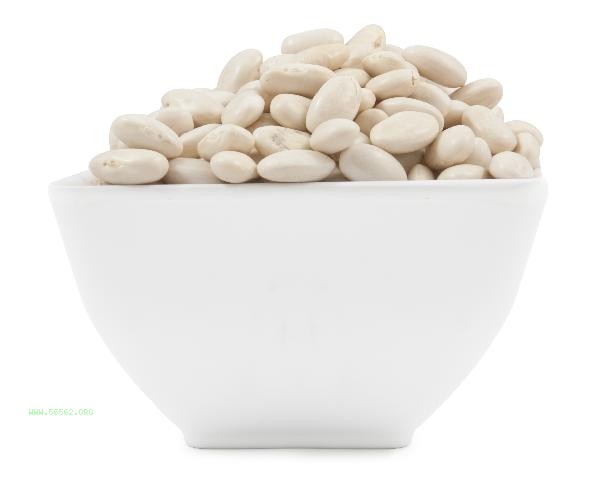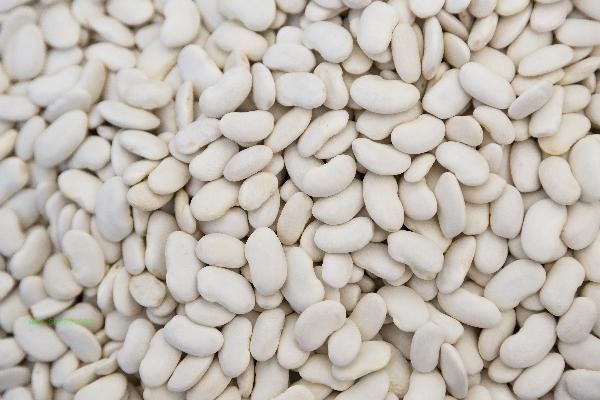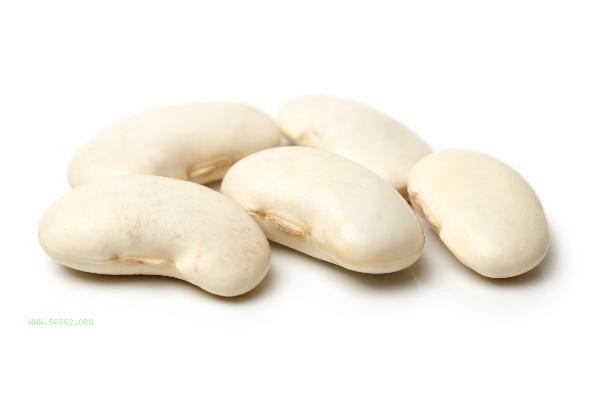Adults are recommended to consume 30-50 grams of dried beans or equivalent soy products per day. The intake of legumes should be adjusted based on individual nutritional needs, digestive function, and special health conditions. The main influencing factors include protein requirements, dietary fiber tolerance, purine metabolism ability, mineral balance requirements, and cooking methods.

1. Protein Requirements
Beans are a high-quality source of plant protein, with approximately 35 grams of protein per 100 grams of dried soybeans. Fitness enthusiasts and vegetarians can increase their intake to 60-80 grams, but it is necessary to pair it with grains to improve protein utilization. Individuals with renal insufficiency should limit their intake to avoid exacerbating azotemia.
2. Dietary fiber tolerance
Beans are rich in dietary fiber, and excessive intake may cause bloating and diarrhea. People with weak gastrointestinal function should start with 15-20 grams of dried beans and gradually increase their intake. Fermented soy products such as natto and fermented black beans are easier to digest and can replace some whole beans.
3. Purine metabolism ability
High purine legumes such as soybeans and black beans should be temporarily avoided by patients with acute gout. During the relief period, do not exceed 20 grams of dry beans per day, and prioritize low purine varieties such as mung beans and red beans. Some purines are dissolved in water during the processing of soybean products, and tofu and soybean milk are relatively safe.

4. Mineral balance requirements
Legumes contain phytic acid, which affects iron and zinc absorption. It is recommended for anemic individuals to consume legumes together with vitamin C-rich foods. The calcium content in soybeans is high. Those who are lactose intolerant can use soybean milk to replace some dairy products, but they need to choose calcium fortified products.
5. Cooking methods affect
Germination treatment can reduce anti nutritional factors in legumes and improve nutrient utilization efficiency. Pressure cooking is more conducive to protein digestion and absorption than regular boiling. Fried bean products have a high calorie density, so the frequency and amount of consumption should be controlled.

It is recommended to disperse legumes for three meals to avoid excessive consumption at a time. Pairing with whole grains can enhance protein complementarity, such as red bean rice, chickpea quinoa salad, and other combinations. Special populations such as pregnant women and postoperative patients should consult nutritionists to develop personalized plans and monitor changes in indicators such as bloating and uric acid after consumption. Pay attention to choosing soy products produced by legitimate manufacturers to avoid the risk of poisoning caused by ingestion of moldy or undercooked beans.








Comments (0)
Leave a Comment
No comments yet
Be the first to share your thoughts!